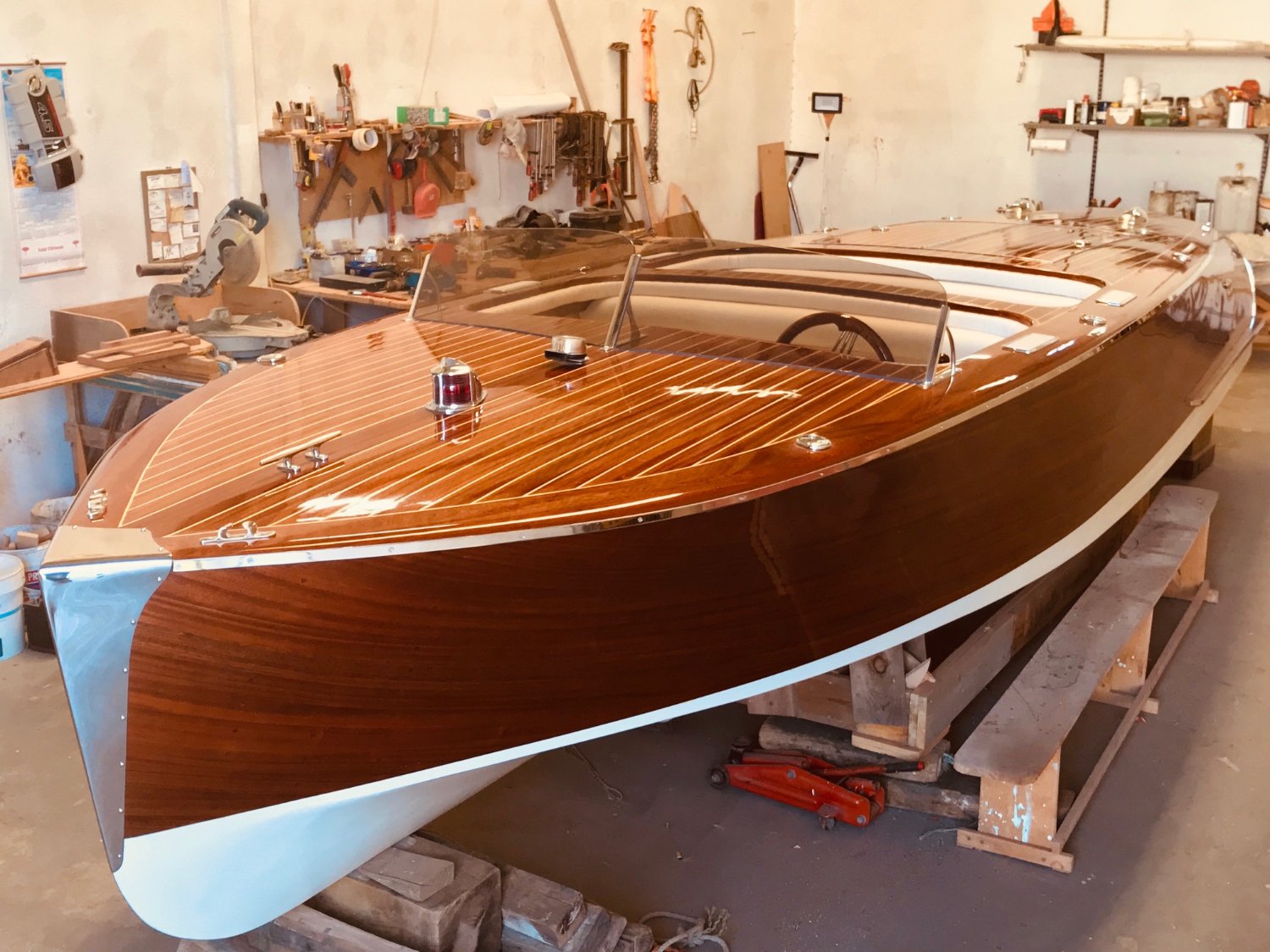Free Wooden Boat Plans for Creating a Durable, Long-Lasting Boat

Unlocking the Secrets of Free Wooden Boat Plans: Beyond the Blueprint
The allure of building your own boat from free plans is undeniable. It promises adventure, skill-building, and a unique connection to the craft. But navigating the world of free wooden boat plans requires more than just finding a set of drawings. This article delves beyond the typical advice, exploring unconventional perspectives and solutions rarely discussed.
Beyond the Aesthetics: The Unsung Heroes of Wood Selection
Most free plans focus on the boat's design. But what about the wood itself? The choice of lumber profoundly impacts the boat's longevity and performance. Let's explore some underappreciated aspects:
Q: Why is locally-sourced wood a game-changer (beyond environmental benefits)?
A: Acclimatization. Wood sourced locally has already adapted to the humidity and temperature fluctuations of your region. This drastically reduces the risk of warping and cracking, common issues that plague boats built with wood from far-off places. Using data from the USDA Forest Service, we know regional variations in wood properties are significant, impacting strength and durability. Ignoring this is like building a house without considering the local climate.
Q: How can I identify and utilize "hidden gems" in lumber choices?
A: Think beyond the usual suspects like cedar and oak. Explore less common, but readily available, hardwoods in your area. Contact local sawmills and timber suppliers; you might discover strong, rot-resistant species perfect for your project at a fraction of the cost of "standard" boatbuilding lumber. Research historical shipbuilding practices in your region â€" they often used locally-sourced wood with impressive results.
Constructing a Resilient Frame: Moving Beyond Basic Joinery
Free plans often detail basic joinery. However, superior strength and longevity demand a deeper dive into advanced techniques.
Q: How can I maximize strength with minimal added weight?
A: Consider incorporating techniques like scarf joints and mortise and tenon joints reinforced with epoxy and fiberglass. These methods significantly strengthen the frame while minimizing the added weight compared to using thicker lumber. Researching case studies of historical boat building, such as the techniques used in traditional clinker boats, can offer surprising inspiration.
Q: What about incorporating modern materials strategically?
A: While building a traditionally "all-wood" boat is admirable, strategically using modern materials like epoxy, fiberglass cloth, or even carefully selected composites can drastically increase durability and reduce maintenance. A hybrid approach â€" carefully researched and applied â€" can offer significant benefits without compromising the aesthetic integrity of the wooden hull.
The Human Factor: Learning from Mistakes and Sharing Knowledge
Building a boat is a journey, not just a project. Embrace the learning process, and don't be afraid to share your experiences.
Real Story: I once spoke with a seasoned boatbuilder who learned a crucial lesson the hard way. His free plans lacked crucial detail on proper caulking, leading to significant leaks. He spent months rectifying the issue, but the experience made him an expert in boat caulking. He now actively shares his insights online, helping others avoid the same pitfalls.
Key takeaway: Join online forums, engage with experienced boatbuilders, and document your process meticulously. The collective knowledge of the community is invaluable and far more detailed than any single set of free plans.
Building a boat from free plans is a challenging but deeply rewarding endeavor. By looking beyond the surface of the blueprints and embracing these unconventional ideas, you can build a truly durable, long-lasting vessel that reflects your craftsmanship and ingenuity.
0 comments:
Post a Comment
Note: Only a member of this blog may post a comment.